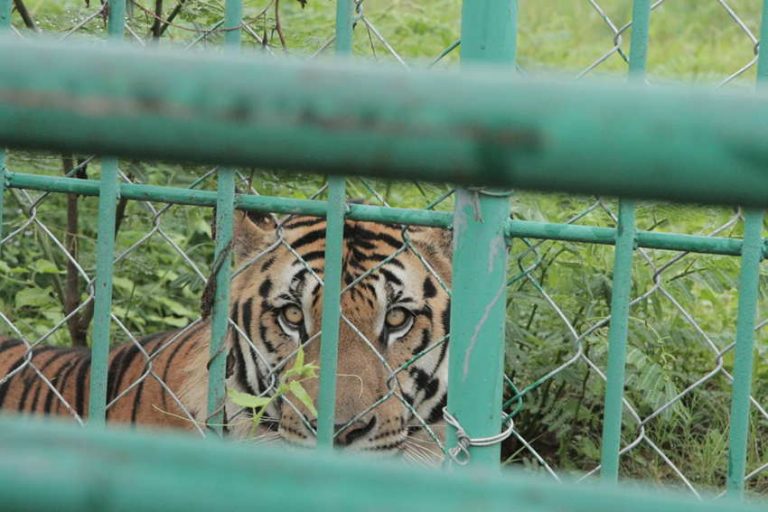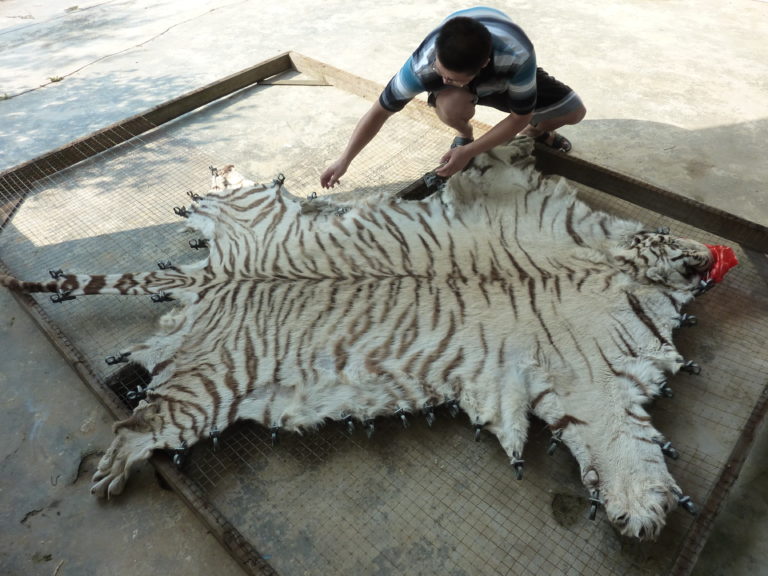EIA’s Tiger Campaign works for the recovery of wild tiger populations by advocating the dismantling of transnational criminal networks involved in illegal trade, pressing for better legislation and the protection of their habitat and exposing the role of tiger farming in stimulating demand and thus poaching of wild tigers.
There are an estimated 5,574 wild tigers remaining across their Asian range, a 96 per cent decline since the turn of the 20th century. In recent years they have become extinct in Cambodia, Laos and Vietnam. They are perilously close to extinction in China, while Myanmar and Malaysia reported significant declines in 2019.
The wild tiger’s stronghold is India, home to more than half of the world population.
In contrast, there are more than 8,000 tigers in captivity in China, Thailand, Laos, Vietnam and South Africa, where they serve no conservation purpose. The skins, bones, teeth and claws of many of these ’farmed‘ tigers end up in trade.
Illegal killing for their body parts is the primary driver of the tiger’s decline in the wild. At least 2,359 tigers have been seized from illegal trade since 2000, a figure which likely represents just a fraction of the true scale of trade.
The luxury demand for tiger parts is perpetuated by the legal and illegal supply of parts from captive tigers, with widespread availability reducing the stigma of their consumption and complicating law enforcement.
The preference among many consumers for authentic wild specimens means that wild tigers and other big cats are still poached. Find out more about tiger farming.




